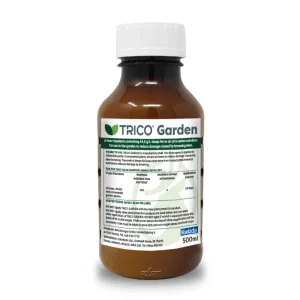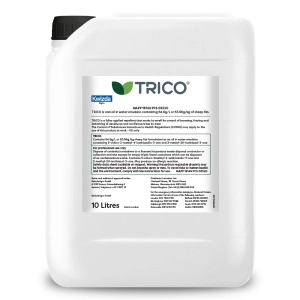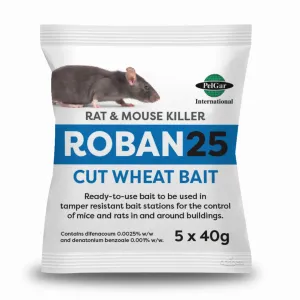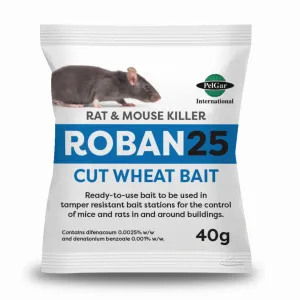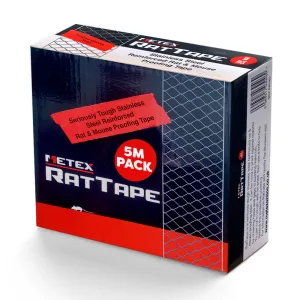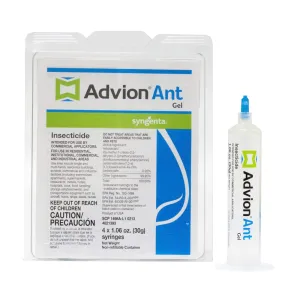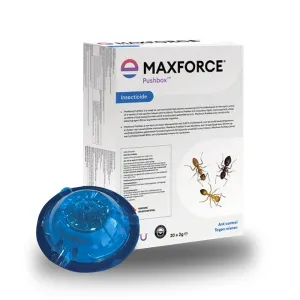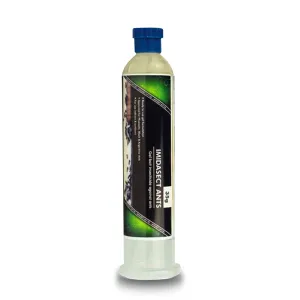Deer are often admired for their beauty and grace in the wild, but they can be considered pests to farmers and gardeners alike, especially when it comes to agriculture. If you've ever discovered your carefully tended plants nibbled by hungry deer, or your crops trampled and eaten up, you're not alone. Thankfully, there's a solution that doesn't involve building a fortress around your garden – enter deer repellent!
The challenge of deer in gardens:
Deer are notorious for their healthy appetites, and they don't discriminate when it comes to your pretty plants. From vibrant flowers to tasty vegetables, nothing's off the menu for these hungry herbivores. For gardeners and allotment owners, this can be a frustrating challenge that threatens the beauty and productivity of their outdoor spaces.
Deer can cause problems for farmers, too:
Crop damage: Deer are herbivores, and they love corn, fruits and vegetables, causing significant damage to crops and reduction in productivity.
Over grazing: Unwanted deer populations can reduce the available forage for farmer’s livestock.
Risk of disease: Deer can carry diseases that may affect livestock.
Fencing costs: To keep deer away, farmers often need to invest in sturdy fencing, which can come at a significant cost.
The magic of deer repellent:
Dealing with deer-related challenges in forestry and gardens can be overwhelming. Despite their beauty, these creatures can damage crops by feasting on shoots, leaves and bark, and traditional solutions like fencing may not always be suitable to stop deer, especially in commercial areas near woodlands.
Many deer repellents are formulated with natural ingredients, making them safe for the environment, pets and humans. In fact, ingredients like garlic, hot pepper and essential oils are known to be effective when it comes to repelling deer. Not only do these ingredients repel deer, but they do so without harming the plants they're meant to guard. If you’re not keen on concocting your own recipe and want a more powerful formula, that's safe for deer and the environment, then Trico is for you!
Trico deer-repellent is a highly effective deer-repellent formula. It relies on a harmless smell and taste deterrent, derived from emulsified sheep fat. Deer find it unappetising and steer clear. This makes Trico a reliable solution for deer-related challenges in various settings.
How to apply Trico deer repellent:
- Pop on Chemical Resistant Gloves
- Shake the Trico Garden container prior to opening
- Dilute Trico Garden at a ratio of 1 part product in 3 parts water (1:3) to 1 part product in 5 parts water (1:5). For context, 150-200mls of Trico Garden is applied in a final volume of 0.3 - 1.01/100m².
- Apply using a sprayer fitted with medium nozzle.
Top tips:
- Always read the product label before use.
- Trico Garden should be applied as a dilute spray to trees, shrubs and ornamental plants. For specimen trees a rate of 12-20mls per tree should be used.
- Establish a protective perimeter around your garden by applying the repellent to the outer edges. This can help prevent deer from even entering the vicinity of your precious plants.
- During autumn, a single application may be sufficient to repel deer but if the risk of damage persists a second application can be made 28 days after the first application.
- A maximum of four applications are permitted per annum.
- Always wear protective clothing, such as Chemical Resistant Gloves, when handling Trico Deer Repellent.
- For best results, apply in early morning or late afternoon and only apply under dry conditions.
Deer repellent is a trusty and reliable ally in the ongoing battle to protect your garden from the appetites of these majestic but pesky creatures. By applying it strategically, you can enjoy a flourishing garden and productive farm without worrying about the next deer to bound onto your land!




